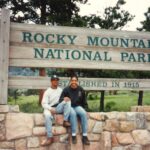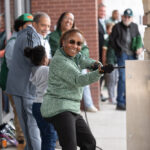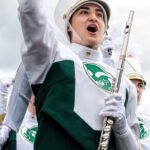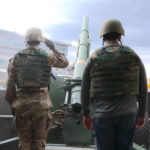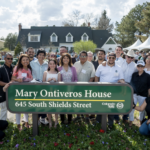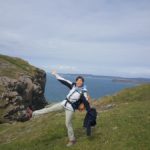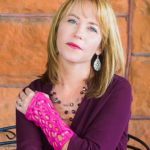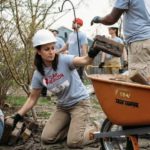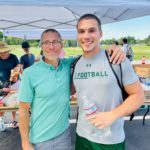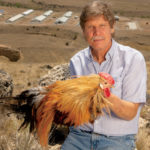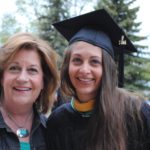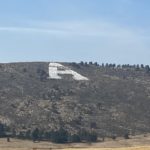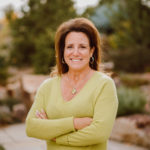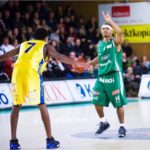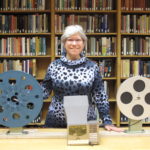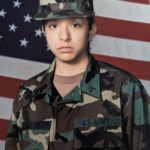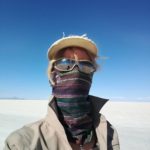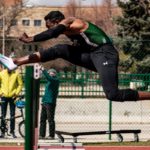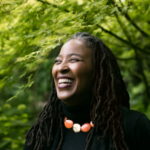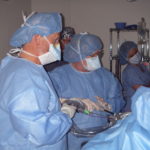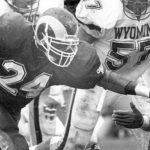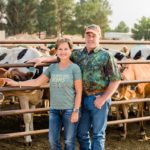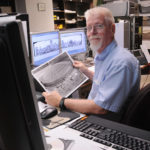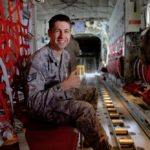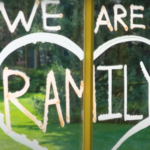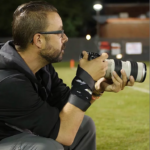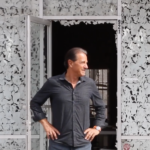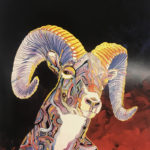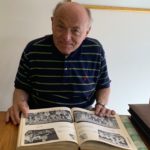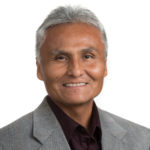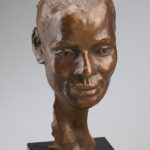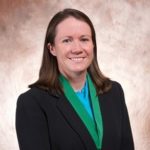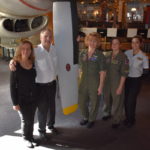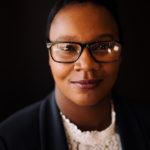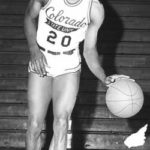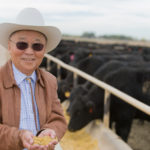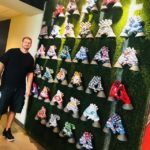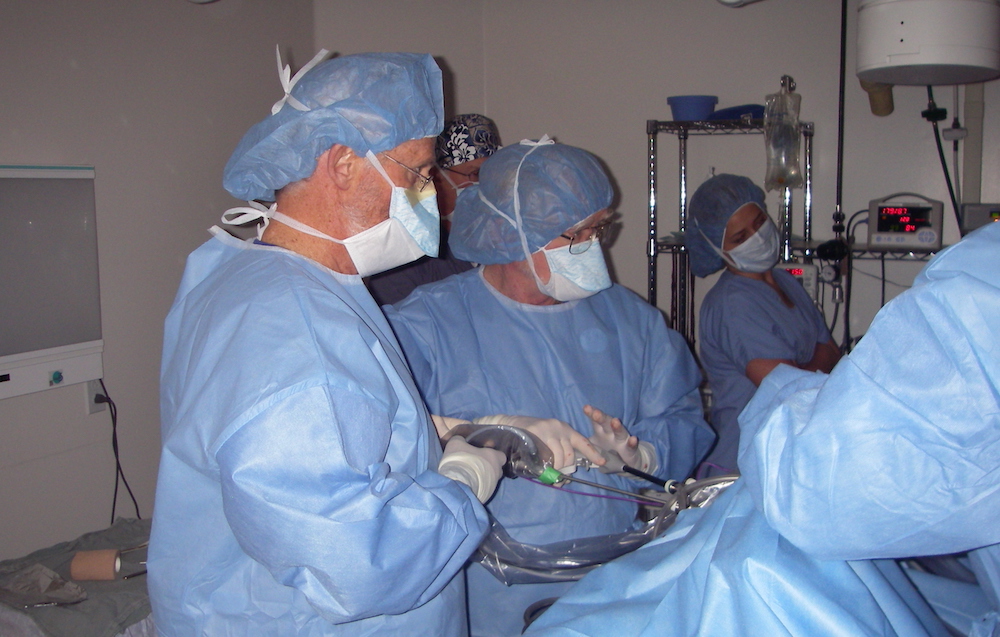
By Ann Gill (M.A., ’76)
Dr. Tim McCarthy (B.S., ’67; D.V.M., ’69; Ph.D., ’81) has traveled across the United States and to various other parts of the world during his career. Along the way, he changed how veterinary medicine is practiced. His path was not always easy, but it was filled with discoveries as well as, and in large part due to, a stubborn refusal to be dissuaded from his goals.

He grew up in Roseburg, Oregon, where he became acquainted with the late Dr. Don Bailey (D.V.M., ’50), who had a mixed animal practice. McCarthy spent a great deal of time with Baily in his youth. Despite having severe dyslexia, McCarthy spent two years at Oregon State University and then transferred to CSU. He attributed his acceptance into the Doctor of Veterinary Medicine program to the support of Dr. Bailey. One of his classmates in the program was Baxter Black (D.V.M., ’69), who later became famous as “the cowboy poet.” The two have joked about which one of them graduated last in their class; Black would follow with, “What do you call the person who graduated last? Doctor!”
McCarthy worked for a year in a small animal practice in Chicago but realized his passion was doing surgery, for which he needed advanced training. He returned to CSU for a Ph.D. He did well in the program and learned a tremendous amount but was frustrated because he was not performing surgeries. To solve that problem, he simply “started showing up at the teaching hospital and doing surgeries.” Eventually he “got in trouble”; apparently doing surgery was deemed “beneath a Ph.D. candidate.” Nonetheless, he persevered, and for a time was doing about half the surgeries that were performed there. Over time, he became an accomplished surgeon, developing an interest in chest surgery and starting an open-heart surgery program using hypothermia.
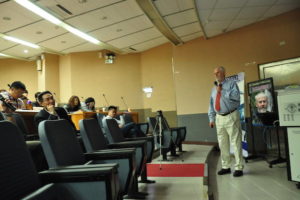
When he completed the Ph.D., McCarthy joined a veterinary practice in Santa Ana, California, where he performed surgeries for long hours every day. He then moved near Portland, Oregon, where he had his own practice for over 25 years. It was there he did his most impactful work. It began with the purchase of a gastrointestinal endoscope, essentially a camera that is inserted directly into the body for diagnostic purposes. He later purchased a laparoscope for looking into the abdomen and an arthroscope for looking into joints. This caused him to think, “If we scope to diagnose problems, could we fix the problems using the scope?” The answer was yes. These endoscope techniques are designed to allow passage of surgical instruments into joints and other body areas without creating a large surgical wound.
McCarthy developed minimally invasive surgery, arthroscopy, and many other areas where scopes could be used. It was not long before other veterinarians learned of his work. He was invited to give lectures, so began traveling around the country as well as to many other parts of the world teaching these surgical techniques. This has become his legacy. He also is proud of the fact that all his work developing these techniques was done on animals to fix existing problems. He did not experiment on healthy animals in laboratories; he fixed problems and relieved suffering.
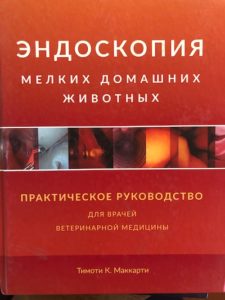
McCarthy has retired from veterinary practice but still travels and teaches. In addition to publishing articles in professional journals, he has written three textbooks. At one point, he received an email from a fellow in Russia who wanted to translate one of his books into Russian, so McCarthy and his wife made Russia one of the 14 countries he has visited to speak about his work and the techniques he developed. He takes pride in the fact that, “these days, open surgeries occur only when you are unable to get the scope to work.” He also proudly explains that the veterinary world now has moved ahead of him, further improving on these surgical techniques. He says with a smile, “they don’t need me anymore.”


